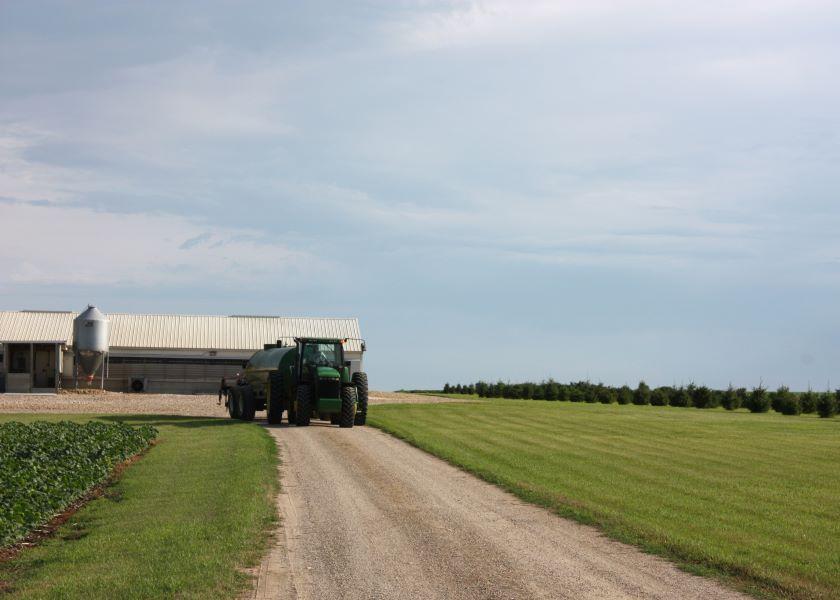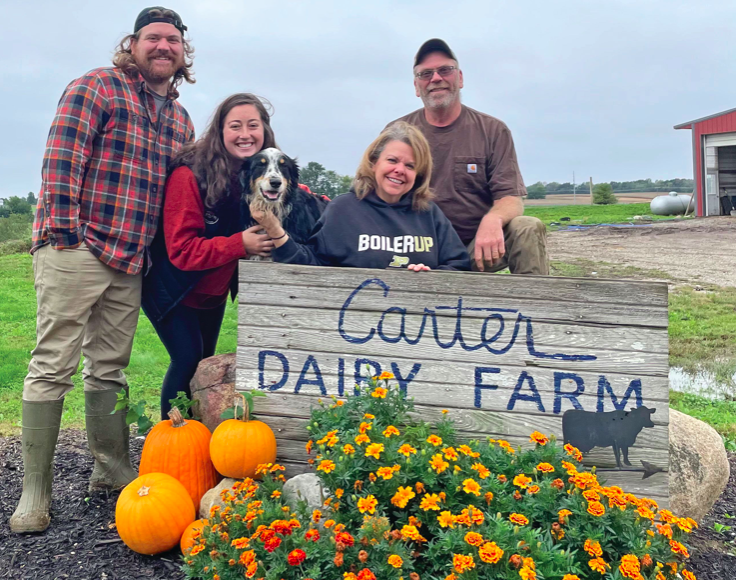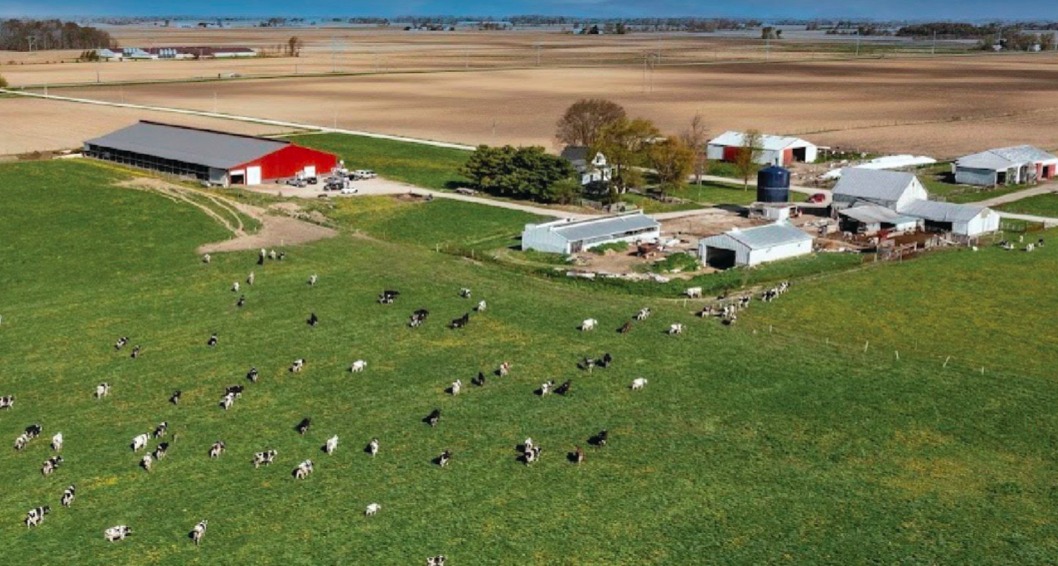Turn Manure Into Money: 3 Ways to Increase Profit

While location, management style and more can create a depth of differences from farm to farm, there is one thing every dairy has in common: a steady supply of manure.
John and Jeff Carter of Frankfort, Ind., and Matt Green of Fort Mitchell, Ala., have found unique ways to turn their compost into revenue sources for their farms. The Carters house and milk their herd in a compost-bedded pack barn. Green manages a 90-head, 550-acre silvopasture operation, and both farms have added value with the compost they produce.

Reduced Start-up Cost
Compost is one of John Carter’s areas of expertise on their nearly 100-head robotic dairy. The family realized they could reduce the cost of their new build by opting for a pack barn, like their previous facility.
“It was cheaper at the startup, but we do spend more in bedding as opposed to mattresses,” Jeff Carter says.
The Carters primarily use sawdust to bed their pack barn and create the compost. Carter says the success of the trade-off between the up-front investment in mattresses and continued investment in additional bedding comes down to the price of bedding at any given time.
While it might not pencil out quite as tangibly as the saved start-up cost, another added value of the compost-bedded pack is cow comfort. Carter says they like their cows to have the choice to do what they want, and both robots and compost play into that: giving them the choice of where to lay or milk.
“We’ll go out in the morning and there’ll be cows laying completely flat, snoring,” he says. “They’re so comfortable it’s almost funny to see.”
Every six months, the compost is cleared out of the barn, and what they do with it after that continues to add value to the operation. Whether it’s sold for gardens or spread on their own fields can change from year to year.
Compost for the Community
Both producers started to attract interest from neighbors by selling compost from their farms. Green says support from local Extension and his involvement in the community helped get the word out.
“I’ve had people come to me and want manure for their garden, and that’s what got me inspired,” he says.
Green and Carter both see an opportunity for positive connections with consumers in their local compost sales.
Carter also found a niche home for excess compost each spring in local, first-time gardeners. He used Facebook to get the word out, and it didn’t take long before he was out making deliveries or having neighbors pick it up.
“We’ve also had some neighboring farms want to put it on hay fields and pastures because fertilizer costs have gone up so much,” Carter says.

Nutrients for the Land
Green has been living and breathing regenerative agriculture for the past six years with his silvopasture setup.
“It’s really quite astonishing, especially in the southeast, because there is a lot of growth a lot of the year, but the soil is old and depleted,” he says.
Green is also in the beginning stages of producing and marketing a biochar-manure mix. Small stems and branches that would normally be discarded during tree harvest can be re-purposed into biochar.
“The exciting thing about that is that it brings everything on my farm together even more,” he says.
According to Green, mixing biochar with manure can produce a product that’s even more permanent. The biochar absorbs the nutrients from the manure and slowly releases them back into the soil over long periods of time, 100 years or more, rather than applying compost every two to three years. Green is working with his local hardware store and Extension agent to help market and distribute the manure-biochar mixture.
“Talking about carbon neutral, we’re past that,” Green says. “We’re making the milk, growing the trees, making the compost that can be used in the community.”







